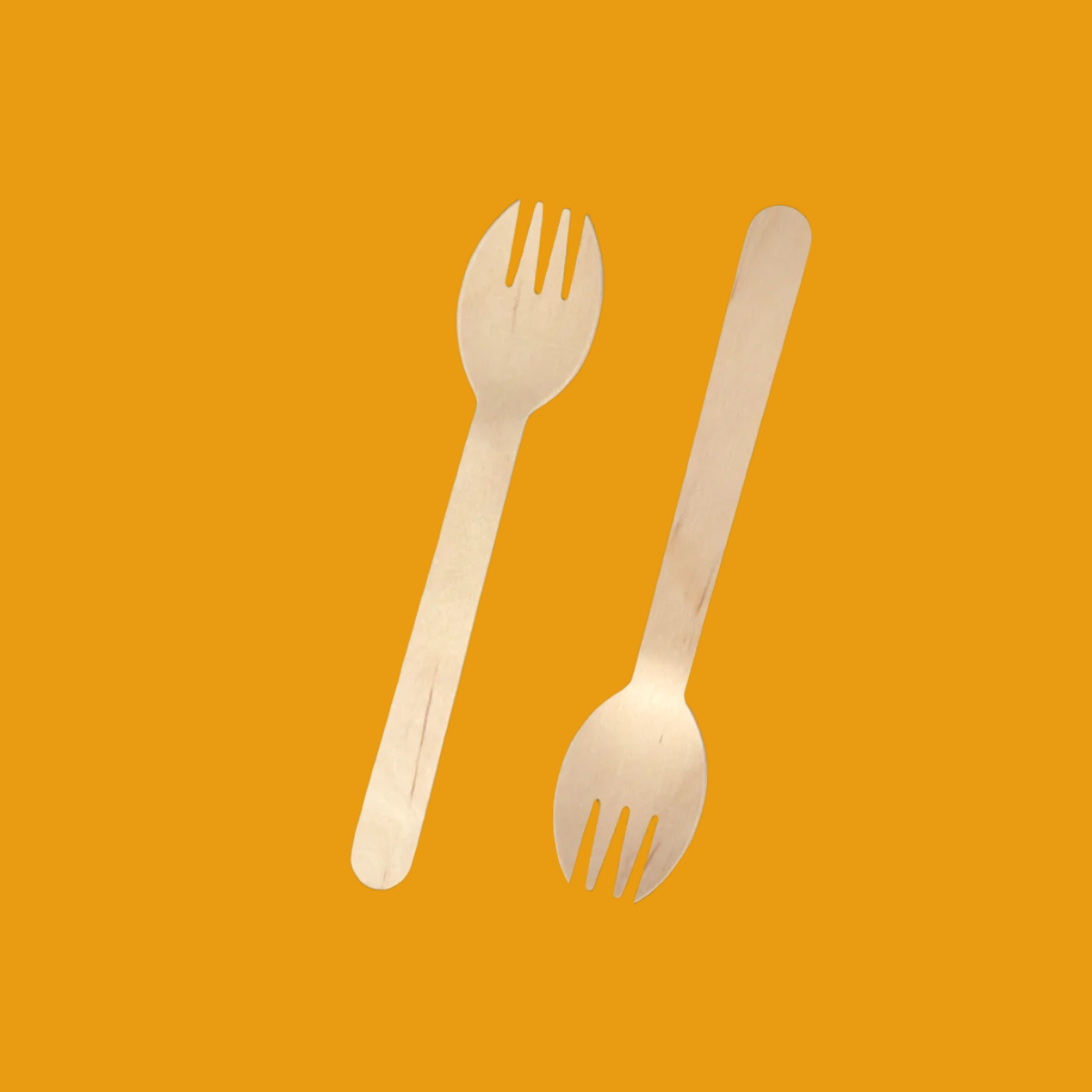Creating your own placemats is a fantastic way to personalize your dining space while indulging in a fun DIY project. Whether you want to add a touch of elegance to your table or make mealtime more exciting for kids, here are five homemade placemats ideas that cater to various tastes and occasions.
- Placemat Size Chart: What Is A Good Size For Placemats?
- Can You Wash Placemats? How to Clean Placemats Properly?
- What is the Difference Between Table Mats And Placemats?
- How To Use Placemats To Create A Perfect Table Setting
- Where to Store Placemats When Not In Use?
5 Creative Homemade Placemats Ideas
Fabric Patchwork Placemats
Combine various fabric scraps into a colorful patchwork design. This method not only creates a vibrant and unique placemat but also helps recycle leftover fabric pieces from other projects.

Chalkboard Placemats
Create interactive placemats by using chalkboard fabric. These are great for kids as they can doodle and draw on them during mealtime. Simply wipe clean after each use, and they’re ready for the next creative session.
Pressed Flower Placemats
Capture the beauty of nature by pressing flowers and sealing them between two sheets of clear contact paper. These placemats bring a touch of the outdoors to your dining table and can be a great way to preserve flowers for special occasions.

Burlap and Lace Placemats
Combine rustic burlap with delicate lace for a charming, farmhouse-style placemat. This design pairs well with both casual and elegant table settings, adding a touch of vintage elegance to your meals.
Painted Canvas Placemats
Purchase plain canvas placemats and customize them with acrylic paint. You can create any design you like, from abstract patterns to personalized messages. This idea allows for endless creativity and can be tailored to match any décor.

How To Make Placemats
What are the Supplies And Tools To Sew DIY Placemats?
SUPPLIES:
- 2 fat quarters or half-yard of fabric per placemat
- half the fabric size of fusible fleece, interfacing, or batting
- matching thread
TOOLS: sewing machine, iron, pins or sewing clips, scissors, rotary cutter, quilting ruler, and a self-healing cutting mat
How To Make A Reversible Homemade Placemat
STEP 1: CUT YOUR FABRIC AND FUSIBLE FLEECE
First, cut two 18" by 14" rectangles out of your fabric and one rectangle out of fusible fleece. The fusible fleece rectangle needs to be an inch shorter in both width and length.
STEP 2: ADD FUSIBLE FLEECE
Sew one piece of fabric with fusible fleece on the back. Generally, I would fuse the fleece to the fabric I intended to have facing down. It's the raspberry solid here.
STEP 3: SEWING STEP
With the right sides of the two pieces together, stitch around them, leaving a ½" (1.3cm) seam allowance. Be sure to allow several inches to allow for turning on one short side.
STEP 4: CLIP CORNERS
Clip the corners for a neat and clean finish.
STEP 5: TURN RIGHT-SIDE-OUT
Turn the right side out, gently push out the corners, and firmly press. In addition to pressing, turn the turning hole's raw edges inside.
STEP 6: TOPSTITCH YOUR DIY PLACEMAT
- Using a seam allowance of up to ¼" (0.7cm), topstitch the entire placemat; this will also close the turning gap. Using a longer stitch length than usual will make your topstitching look prettier.
- More style can be added by topstitching again, but this time ½" (1.3 cm) or even farther away—1 inch (2.5 cm)—from the original topstitching seam. It will not only improve the placemat's aesthetics but also strengthen the outside border.

Frequently Asked Questions
What Is The Best Fabric For Placemats?
Here are some excellent fabric options to consider:
- Cotton: Cotton is a popular choice for placemats due to its durability, easy maintenance, and wide range of colors and patterns. It's absorbent, which helps in handling spills, and can withstand frequent washing.
- Linen: Linen has a natural elegance and a crisp texture that adds a touch of sophistication to your table setting. It's also highly absorbent and becomes softer with each wash. Linen placemats are ideal for both casual and formal dining occasions.
- Polyester Blends: Fabrics like polyester-cotton blends or polyester-linen blends offer a mix of durability and wrinkle resistance. They are easy to care for and often come in a variety of colors and textures.
- Burlap: Burlap placemats add a rustic and natural charm to your table setting. They are durable and easy to clean, making them suitable for casual dining settings or outdoor meals.
- Laminated Fabrics: Laminated cotton or other laminated fabrics are excellent choices if you want placemats that are easy to wipe clean. They come in various colors and patterns and are perfect for households with young children or for outdoor dining.
When selecting fabric for your placemats, consider how often you'll use them, your décor style, and how easy they are to maintain. Ultimately, the best fabric will depend on your personal preferences and the specific needs of your dining environment.
What Is The Best Batting For Placemats?
Heat-resistant batting is an option if you want your placemats to withstand heat. If not, you can use a blend of cotton and polyester, or thin cotton.
Conclusion
Making your own placemats can be a rewarding and enjoyable activity. These five ideas offer a variety of styles and materials to suit different tastes and needs. Whether you opt for the classic elegance of fabric placemats or the natural beauty of pressed flowers, these DIY projects will help you create a dining experience that is uniquely yours.









